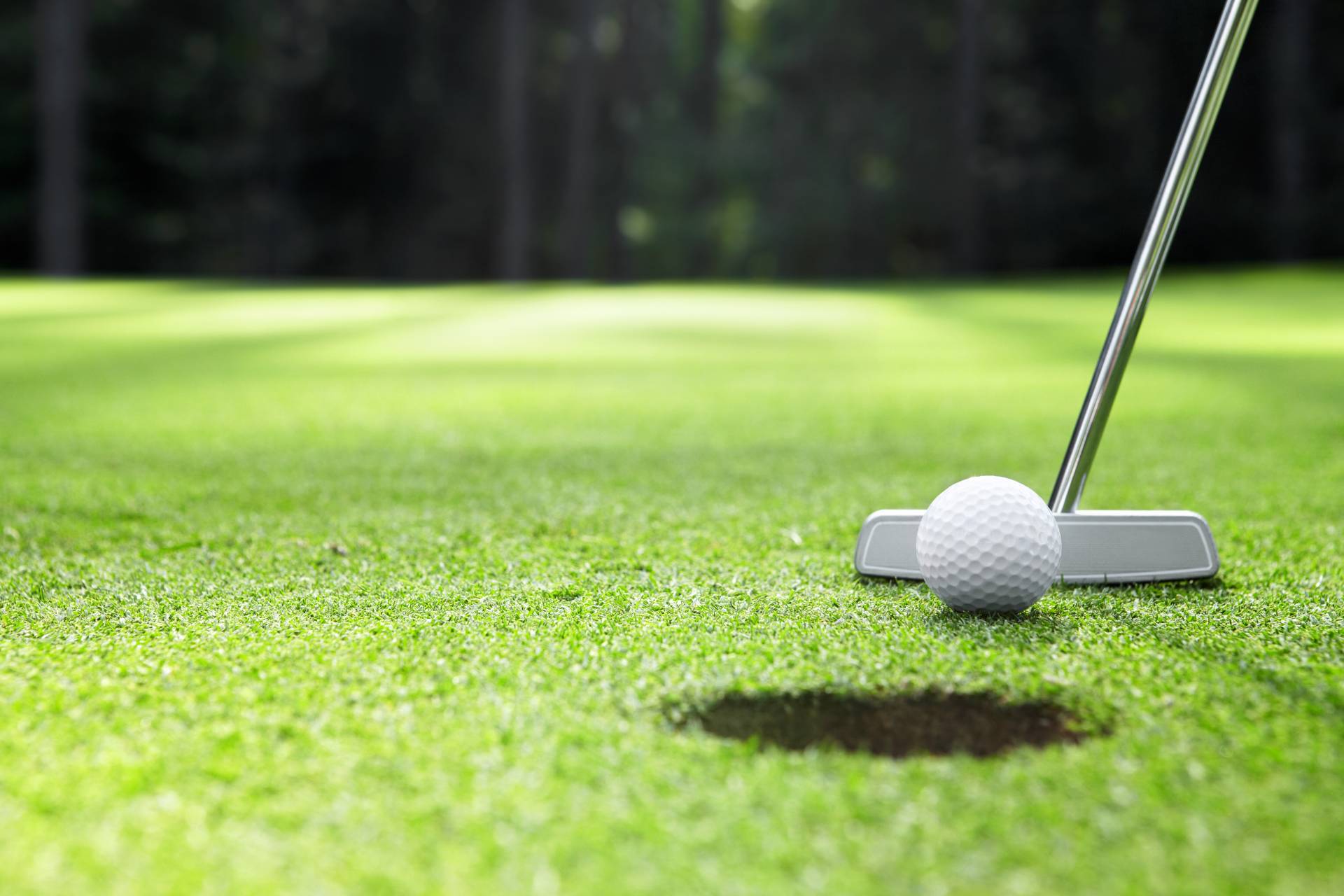
Golf Putting Guide: Everything to Know for Beginners
Quick, think about the trickiest parts of golf. Did you think about putting?
If you did, you're in good company. PGA golfers only make 77% of 5-foot putts.
You need to spend a lot of time honing your golf putting skills. You can start by familiarizing yourself with good putting practices.
What tools should you use for putting? How can you figure out how to hit putts? What can Dayton golf lessons do for you?
Answer these questions and you can become a putting master in no time. Here is your quick guide.
Buy the Right Putter
A putter is a club with a flat striking face. You should always use a putter whenever you are putting, as you risk applying too much force with other types of clubs.
The most common putter is the blade putter, which has a toe weight and a small head. But many beginners like to use the mallet putter, which has a large head and no weight in its toe. This distributes weight more easily and creates a more stable swing.
You can select a putter of any length. A standard putter is around three feet long, but you can get a longer one if you are very tall. If you hold your club by your belly, you can get a belly or counterbalanced putter, but make sure to hold your club out a little.
Control Your Speed
Your speed is just as important as your position and grip for putting. If you swing your club too fast, you risk applying too much power, which will skip the ball over the hole. But if you are too slow, your ball will stop before the hole or go off to the side.
Spend time examining where your ball is in relation to the hole. Take a moment to consider the proper position for putting and grab your putter.
Once it's time to putt, you should commit to it. Move your arms in a fluid stroke so you do not slow down too much. If you're worried about missing, you can do a few practice putts before stepping behind your ball.
Be Gentle With Your Grip
You never need to grip your club tightly when you are putting. You should apply just enough pressure that the club stays in your hands without falling to the ground. If you often apply too much pressure to your club, you should try using one hand to putt.
You can try out a few different putting grips. The reverse overlap grip involves grabbing the putter with both hands, one on each side of the club. You link your hands together by wrapping your left index finger over your right hand, then you perform your putt.
If you have an overactive hand, you can try using the cross-handed grip. You place your non-dominant hand below your dominant hand, giving your non-dominant hand more control.
Position Your Eyes
A common mistake amongst beginners is to look at where the hole is while they make their putt. They assume they need to look at the hole so they can knock the ball into it. In reality, focusing on the hole can cause you to miss where your ball is, which can throw your shot off.
You should always keep your eyes on the ball as you are moving your putter. If you must look at the hole or another location, step back, look, and then return to your putting position and refocus on your ball.
You should keep your head down for short and long putts. Do not swing your head as you swing your putter, as you risk losing your balance.
If you're worried about moving your head, bend over at the waist and hips. This will keep you from shifting back and forth.
Adjust to the Weather
Green speeds are the speeds your ball will move at while it is rolling through the grass. During and after a rainstorm, the speeds are a lot slower, as rainwater can tug at the ball and create mud that slows the ball down. Windy and dry days have fast green speeds.
Pay attention to how fast your ball has been rolling. When it is time to putt, you should adjust your position, speed, and power based on what the green speeds are like. The faster the green speeds are, the less power you should apply to your ball.
Practice Golf Putting
Golf putting practicing is important for beginners and experts alike. Many golf courses have putting grounds or a practice facility where players can practice their putts. Before you head out on the course, you should practice your putting skills for a few minutes.
Practice hitting your ball at different distances from the hole. You should also practice hitting your ball uphill or at an unusual angle.
It is okay if you miss the hole. Adjust your position and try to keep your eyes focused on your ball. You can also look at other golfers and adopt what they do.
Take Dayton Golf Lessons
Golf putting is more complicated than it seems. You need to get a good putter and work on your grip and stance. You shouldn't go too fast or too slow, as you risk affecting your power.
You should check the conditions of the grass before you start to swing. Keep your eyes on the ball and place your head over the ball. Spend time practicing before any golf game, and be willing to learn from your mistakes.
You can get help with your putting. PipeStone Golf Club offers premium Dayton golf lessons. Contact us today.

